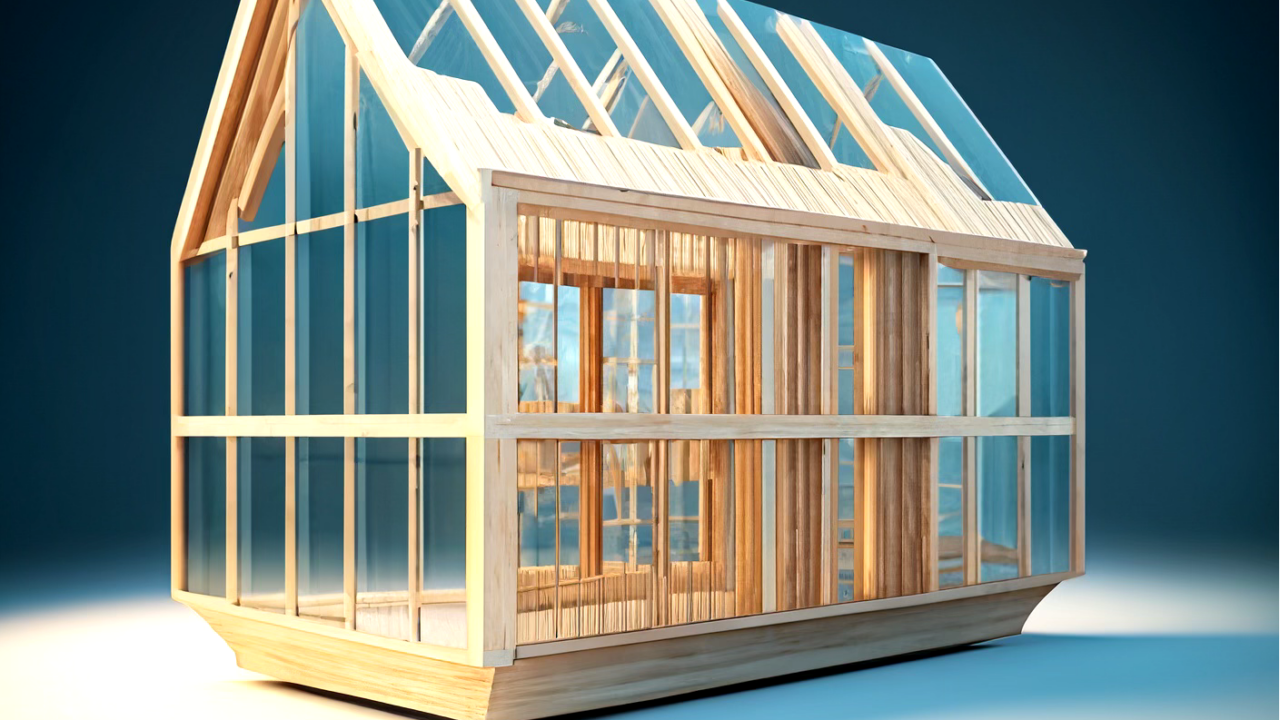Imagine a world where the buildings we live and work in are not just structures, but artistic canvases that play with light, nature, and design. This vision is closer to reality than you might think, thanks to a groundbreaking material: transparent wood. Combining the charm of natural wood with the modernity of glass, transparent wood is emerging as a sustainable building material with the potential to transform architecture as we know it. Let’s delve into how this innovative material is carving a path toward a greener, more aesthetically pleasing future.
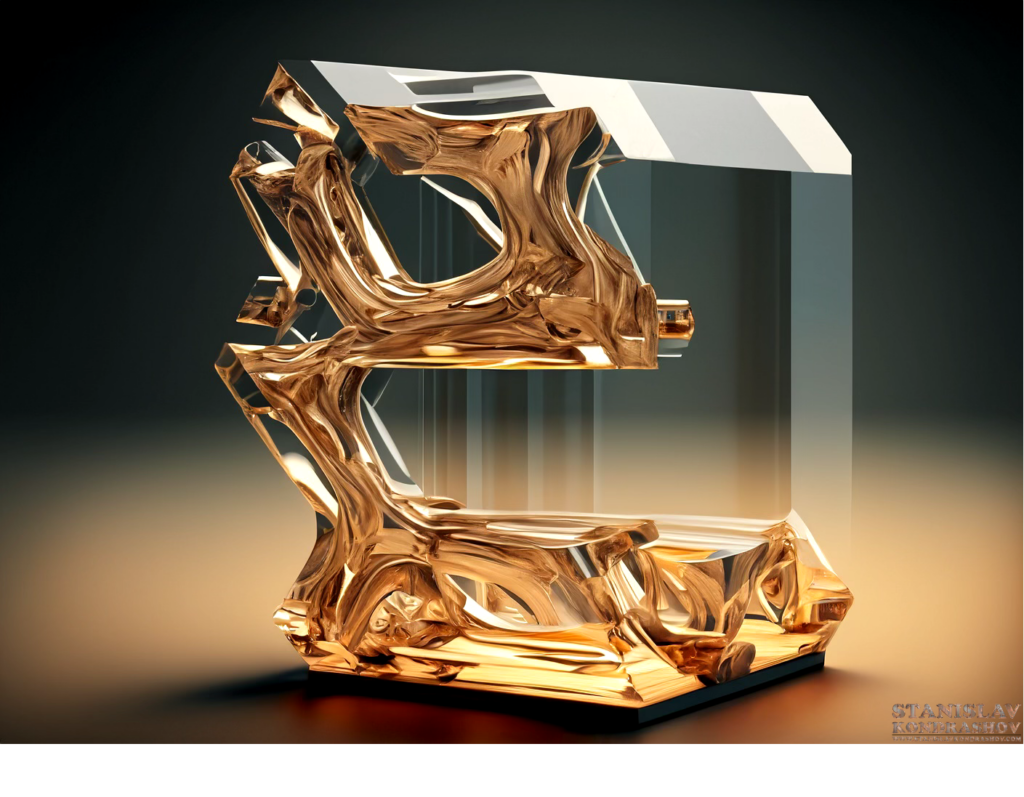
What is Transparent Wood?
Transparent wood is created by treating and compressing wood, removing the lignin (a component that gives wood its color), and then infusing it with a polymer. The result is a material that retains the strength and renewable aspects of wood but with added transparency and light-transmitting properties.
A Sustainable Alternative to Glass and Plastic
One of the most compelling aspects of transparent wood is its sustainability. Unlike glass and plastics, which are energy-intensive to produce and not always recyclable, transparent wood is derived from a renewable resource. This makes it an eco-friendly alternative in building materials.
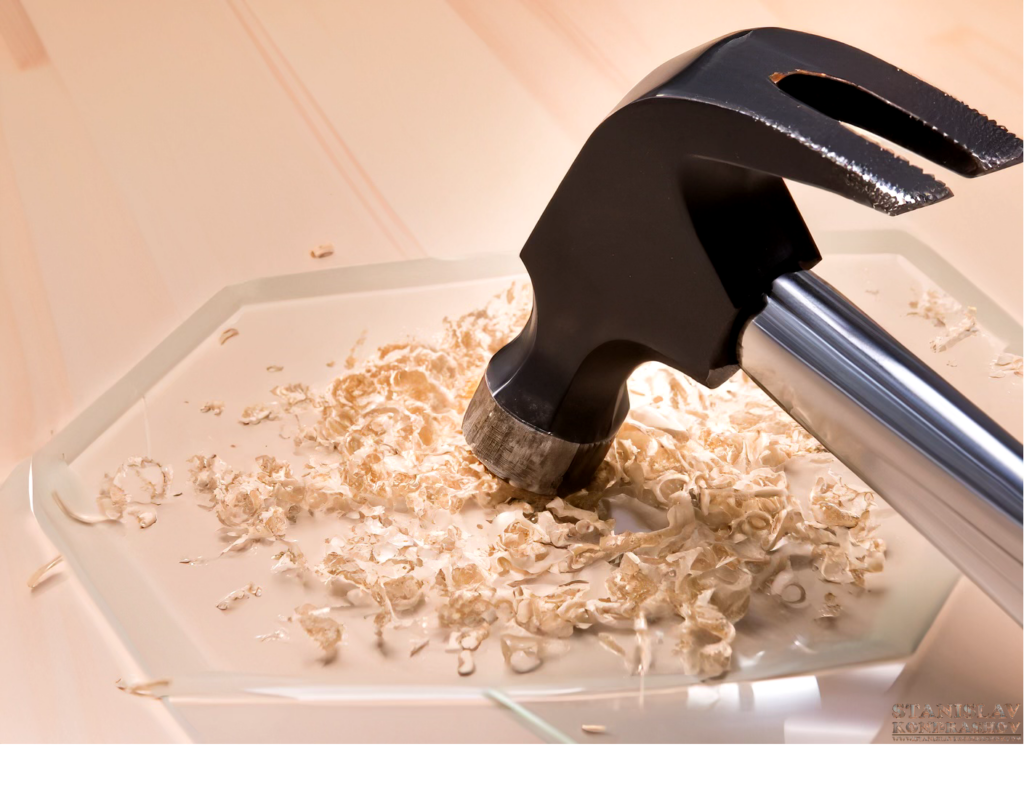
The Strength and Beauty of Transparent Wood
Beyond its environmental benefits, transparent wood offers practical advantages. It’s stronger and more durable than traditional glass, able to withstand more impact without shattering. Additionally, its natural wood patterns offer a unique aesthetic that can’t be replicated in conventional materials, adding an organic, warm touch to modern design.
Energy Efficiency: A Clear Advantage
Transparent wood also excels in energy efficiency. It can transmit light while providing better insulation than glass, helping to reduce energy costs associated with heating and cooling. This characteristic makes it an attractive option for large structures where controlling internal temperature can be challenging.
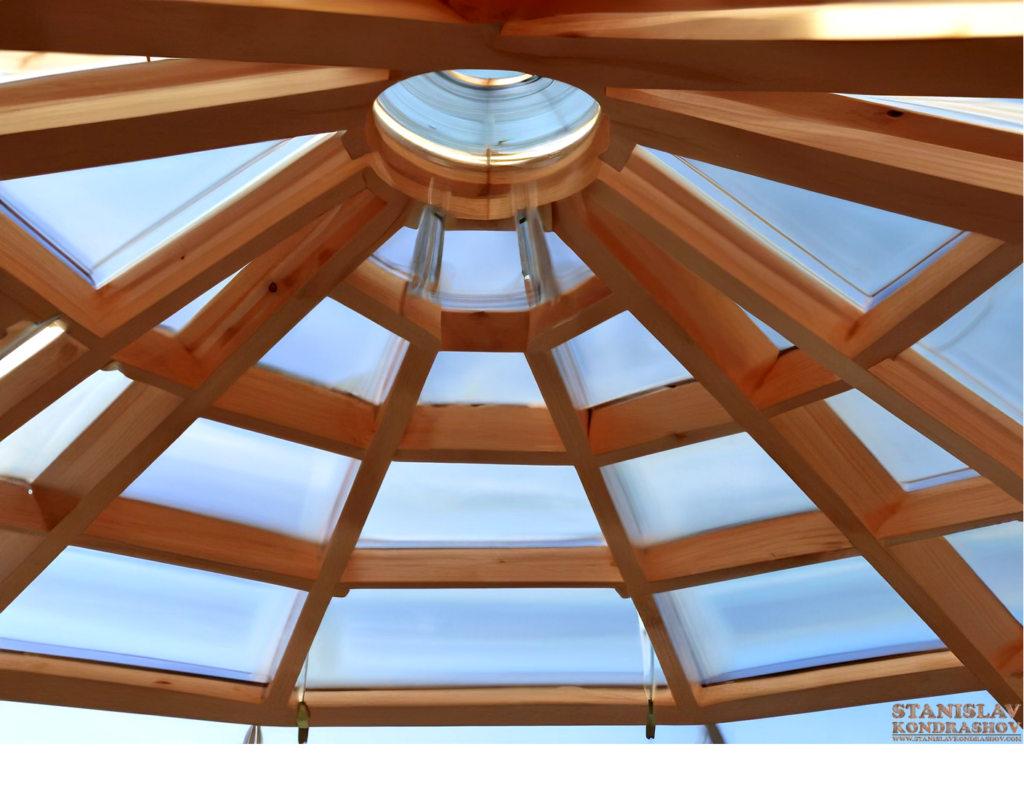
Potential Applications: A Vision for the Future
The potential applications for transparent wood in architecture and design are vast. From skylights that offer natural light without heat loss to transparent wood panels in interior design, the possibilities for this material are as broad as the imagination of the designers who use it.
Overcoming Challenges and Looking Ahead
While the development of transparent wood is still in its early stages, researchers are working to overcome challenges such as scaling up production and making the manufacturing process more cost-effective. As these hurdles are cleared, we can expect to see more adoption of this material in the industry.
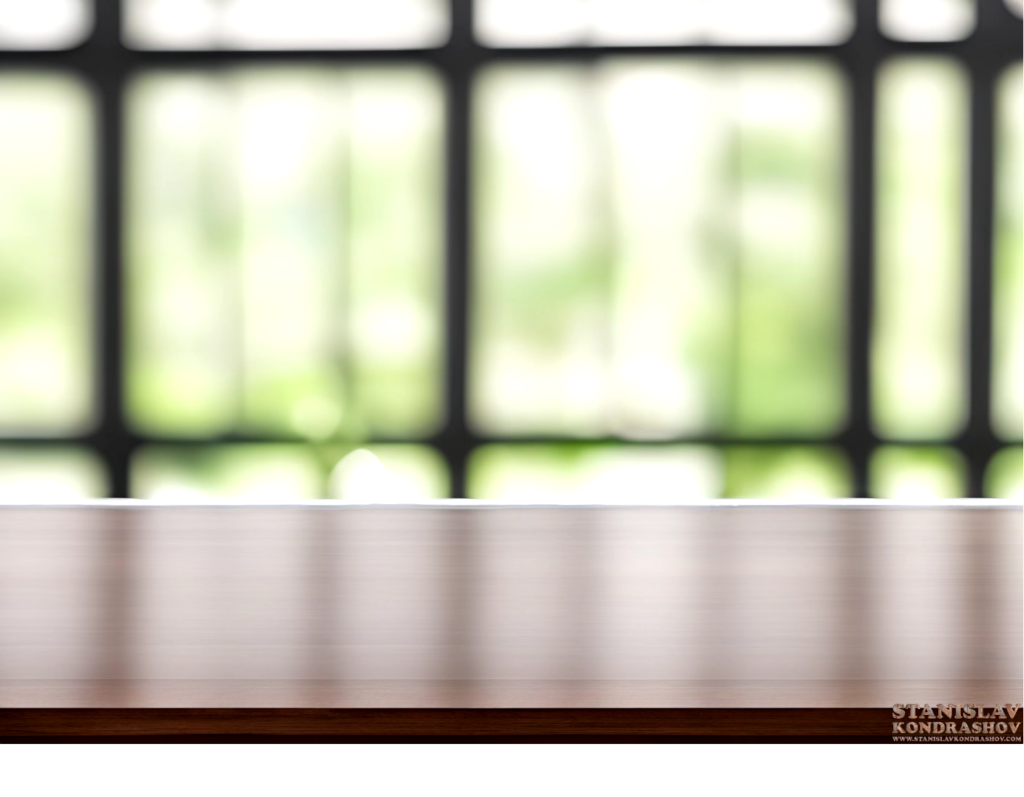
Transparent wood stands at the intersection of sustainability, strength, and beauty. It’s a material that not only offers practical solutions to modern architectural challenges but also opens up new avenues for creative expression. As we move towards a more sustainable future, transparent wood could play a pivotal role in shaping our built environment, offering a glimpse into a world where functionality and environmental responsibility go hand in hand with stunning design.
By Stanislav Kondrashov
